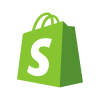 >
>
Setting Up B2B Sales on Shopify – Step-by-Step
Shopify isn’t just for D2C anymore.
In 2025, Shopify has rolled out powerful tools for B2B e‑commerce — helping brands streamline wholesale, reseller, and distributor flows without building a second store.
In this guide, we’ll show you how to set up your B2B sales operation using Shopify or Shopify Plus – step by step.
Step 1: Decide between Shopify and Shopify Plus
You can run B2B sales on:
-
Shopify Core (with workarounds + apps)
-
Shopify Plus (built-in B2B suite)
If you’re just starting B2B and have fewer customization needs, Core + apps can work.
But for more advanced setups (volume pricing, net terms, etc.) – Shopify Plus is the way to go.
Step 2: Set up your B2B customer groups
To sell wholesale, you’ll need to separate B2B customers from D2C buyers.
Options:
-
Use Shopify’s customer tags to segment B2B buyers
-
Or (on Plus) use Company Profiles to manage multi-user accounts, price lists and payment terms
Set up:
-
Wholesale tag
-
Region/country tag
-
VAT-exempt customers
-
Tiered customers (e.g. bronze/silver/gold)
Step 3: Create custom B2B pricing
Depending on your setup:
On Shopify Core:
-
Use an app like Wholesale Club, B2B Handsfree, or Bold Custom Pricing
-
Show different prices to logged-in users
-
Create tiered discounts based on tags or volume
On Shopify Plus:
-
Use the native B2B Price Lists feature
-
Assign different prices to different companies
-
Show net pricing, bulk pricing, etc.
Step 4: Restrict access to B2B content
You’ll likely want to gate part of your store to B2B buyers only.
How:
-
Create a separate B2B collection
-
Use theme conditions or apps to show it only to logged-in, tagged users
-
Or, launch a separate Shopify storefront (great for global B2B)
Bonus: You can also password-protect the entire site if needed.
Step 5: Enable B2B-friendly checkout and payment flows
Wholesale buyers expect:
-
Invoice payment / net terms
-
Purchase order support
-
Tax-exempt checkout
-
Saved carts / reorders
On Shopify Plus, you can:
-
Offer Net 30/60 terms
-
Let companies create multi-user teams with different permissions
-
Create draft orders or custom checkouts
If you're on Core, apps like Wholesale Gorilla or SpurIT B2B Checkout can help.
Step 6: Streamline order management
Use:
-
Custom order statuses (e.g., “Approved”, “On Hold”)
-
Shopify Flow (Plus only) to automate actions
-
ERP / accounting integrations for B2B volume
Bonus tip: Create “Quick Order” pages for large SKU catalogs.
Step 7: Sync with logistics and fulfillment
B2B orders often require:
-
Larger shipments
-
Pallet-level tracking
-
Split shipments or partial fulfillment
Make sure your shipping rules and 3PL setup are tailored to your B2B model.
Final tips
B2B on Shopify isn’t a workaround anymore – it’s a serious channel.
Whether you're running distributor sales, corporate gifting, or full-on wholesale, Shopify gives you the flexibility to grow it under the same roof as your D2C store.
Need help setting up B2B with Shopify or Shopify Plus?
At coi, we build seamless B2B storefronts that integrate with ERPs, offer flexible pricing and checkout – and still look good.

